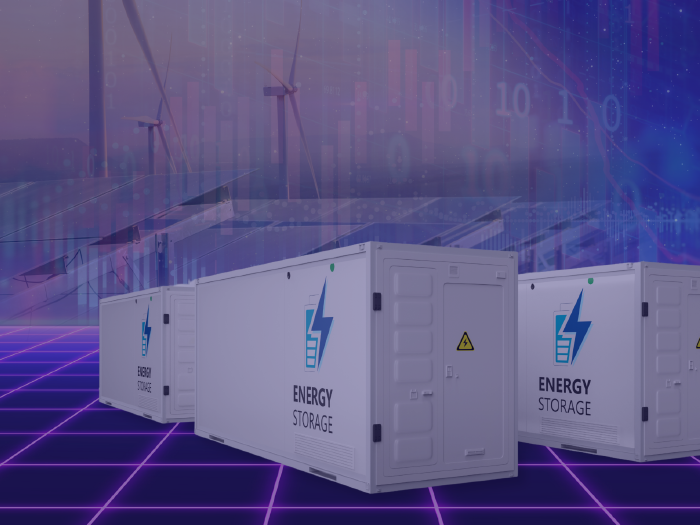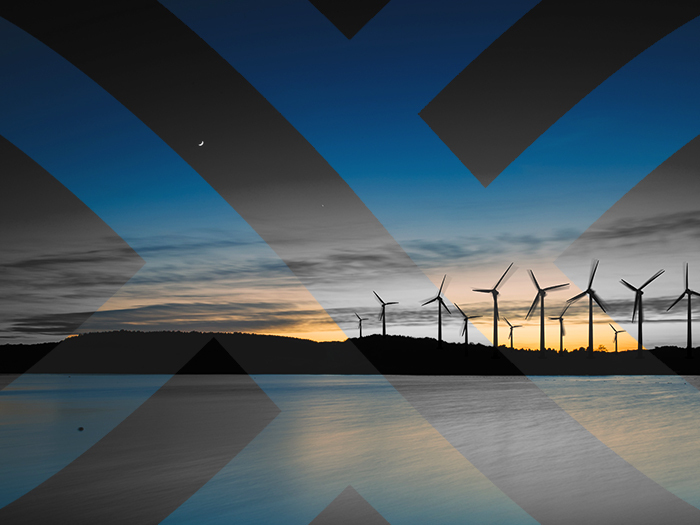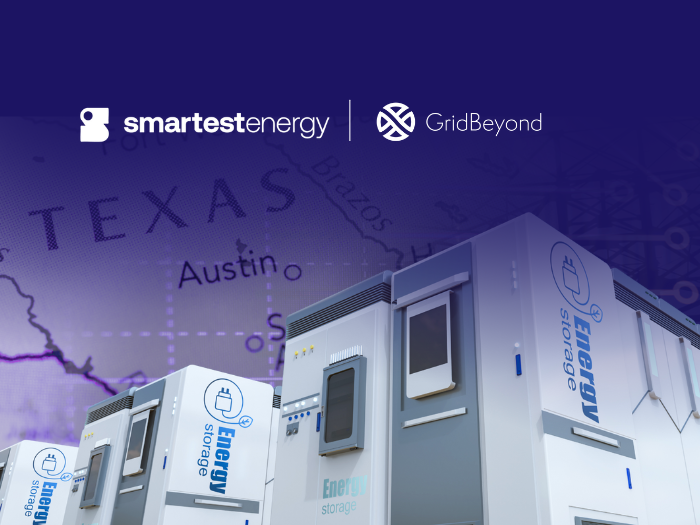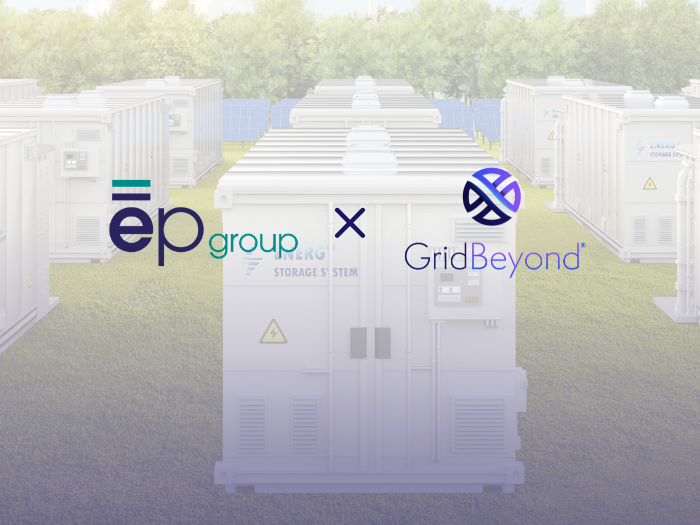News
better business decisions
Posted 6 years ago | 3 minute read

What are the Three D’s? Decarbonisation, Decentralisation, Digitalisation
With the National Grid ESO confident it can operate on 100% renewables by 2025, the 3 D’s (decarbonisation, decentralisation and digitalisation) become even more prominent in paving the pathway towards this goal.
These 3 D’s are the pillars to creating the green energy economy of the future. But what do each actually represent and mean? We’ll explain all…

Decentralisation
Decentralisation refers to the reduction in reliance on just a handful of large generation plants. This means dispersing generation across many smaller plants. It also refers to the increasing amount of embedded generation coming online, for example, CHPs on business sites or solar panels on residential properties.
Current carbon based plants that feed power onto the grid, whilst bad for the environment, do carry a certain level of what we call ‘system inertia’. This essentially means that if a power plant breaks down then there is a small amount of continued generation – typically just enough to enable the grid to start up another power plant. Renewables do not tend to have the same levels of inertia, and it is difficult to instruct another renewable source to start up.
It is important that there are lots of small renewable generators in order to dilute the risk. As older, carbon emitting plants reach the end of their lives, replaced with wind farms, solar fields, hydro/marine generation and biomass, decentralisation is increasingly prevalent.

Decarbonisation
Decarbonisation refers to eliminating carbon-based fuels for electricity generation. Whilst the influx of renewable energy sources means that the grid is more sustainable, renewable generation can be highly intermittent. The weather is unpredictable, solar and wind cannot be relied upon, which creates problems with the balance of supply and demand, and in turn affects the frequency stability.
However inconvenient these fluctuations may be, it is imperative we meet our green goals. The IPCC’s warnings on climate change, along with our commitment to the Paris Agreement, mean our grid must be cleaner for future generations.
That’s where our next point comes in…

Digitalisation
The energy market is undergoing complex changes. Therefore, effective management and monitoring is imperative, and is achievable with state of the art digital technology when implemented across all areas of the electricity system, from generation to transmission, distribution, supply and demand.
The technology for the elements on the grid have come along way. For example, the demand-side technology on industrial and commercial sites, battery technology (both behind-the-meter and in front) and residential systems. However, the core infrastructure of the grid is still using similar switches to those used in the 1940s, and so requires some further upgrades in order to realise the full potential of digitalisation.








